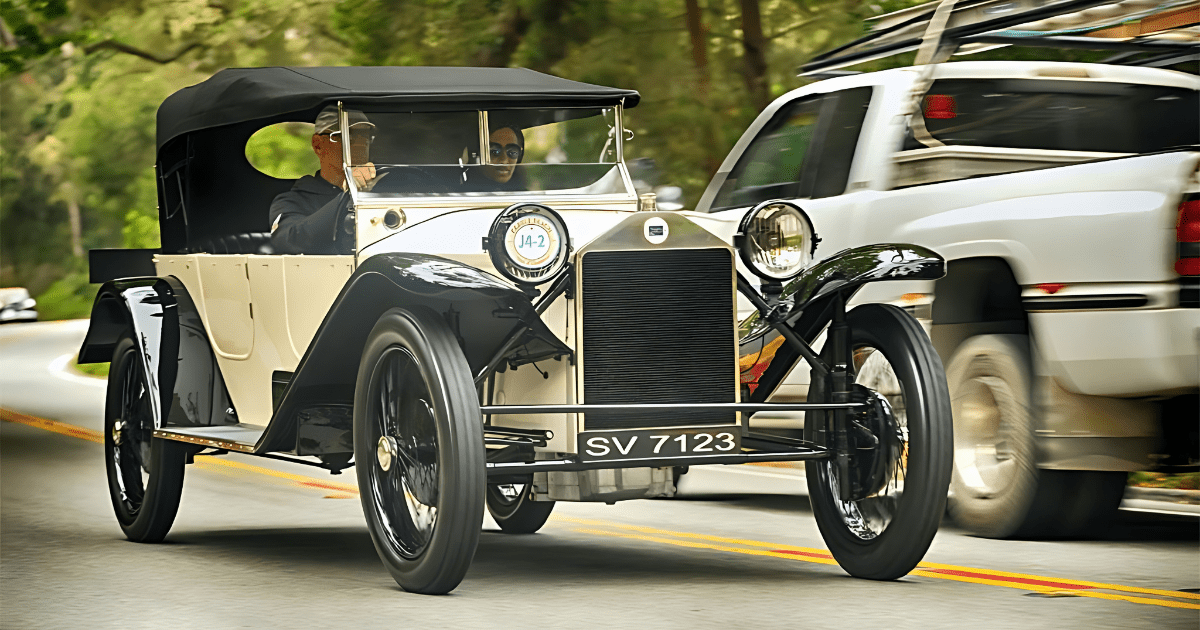
The 1930s in American automotive history marked a period of unparalleled innovation and progress, with 1932 emerging as a zenith of automotive excellence. In this golden age, where automotive design and engineering reached new heights, the emergence of true super sports cars was a rarity.
However, amidst the sea of boulevard sports models like the Auburn Speedsters, one vehicle stood out as the quintessential American sports car of the decade: the Stutz Super Bearcat. Crafted by Stutz, a brand driven by a passion for sporting cars, the Super Bearcat represented a departure from conventional American car design and garnered widespread acclaim for its performance and aesthetics.

At the helm of Stutz’s visionary endeavors was Frederick Moskovics, the mastermind behind the brand’s iconic “Vertical Eight” cars. Moskovics set out to create a formidable American Gran Turismo car that could rival its European counterparts in both style and performance. Breaking norms of the era, Moskovics incorporated cutting-edge features such as overhead cam engines, four-speed transmissions, and low chassis with worm-drive axles, all complemented by European-style coachwork that exuded elegance and sophistication.

Stutz’s illustrious motorsport history further solidified its reputation as a manufacturer of high-performance vehicles. From dominating AAA stock car racing in 1927 to making a lasting impression at the prestigious 24 Hours of Le Mans in 1928, Stutz showcased its engineering prowess on the world stage. These triumphs underscored Stutz’s commitment to pushing the boundaries of automotive excellence and cemented its position as a formidable competitor in the automotive industry.

In response to the evolving automotive landscape, Stutz continued to innovate, culminating in the development of the DV-32 engine. This revolutionary powerplant featured twin-overhead camshafts and a cross-flow design, delivering a significant boost in power and performance. The DV-32 engine epitomized Stutz’s relentless pursuit of innovation and excellence, propelling American automotive engineering forward during a transformative period in history.

Despite Stutz’s eventual withdrawal from factory-supported racing endeavors, privateer entries persisted, with Stutz cars continuing to compete at prestigious events like Le Mans until 1932. The enduring legacy of the Super Bearcat and the DV-32 engine serves as a testament to Stutz’s enduring commitment to pushing the boundaries of automotive design and engineering.

In conclusion, the 1930s marked a remarkable era of innovation and progress in American automotive history, with Stutz emerging as a trailblazer in the field of sports car design and engineering. Through vehicles like the Super Bearcat and the groundbreaking DV-32 engine, Stutz pushed the boundaries of what was possible, leaving an indelible mark on the automotive industry and inspiring future generations of automotive enthusiasts and engineers.




